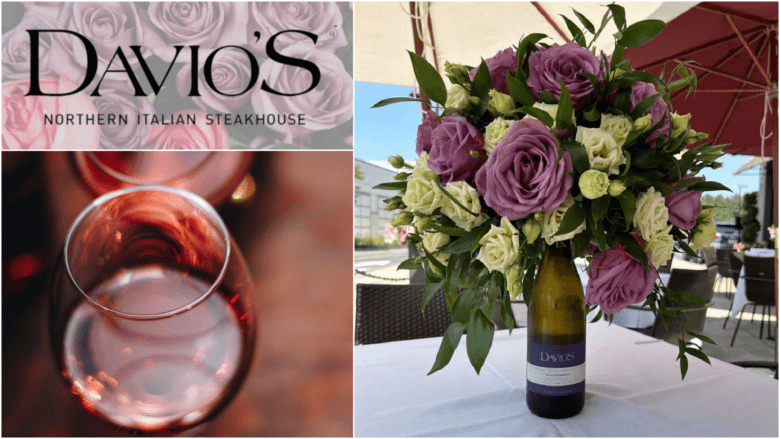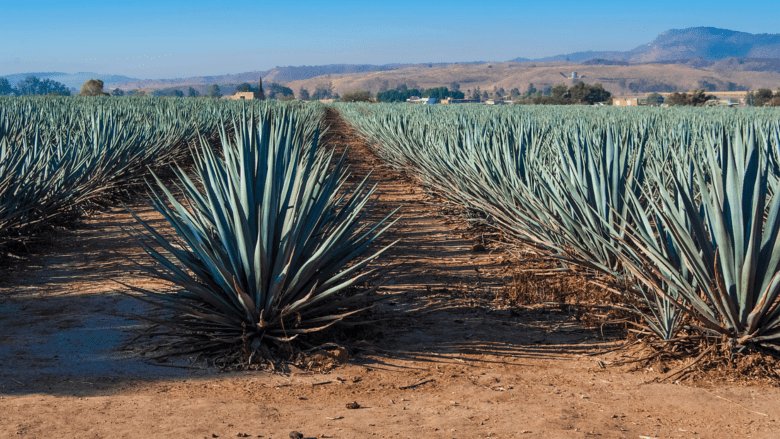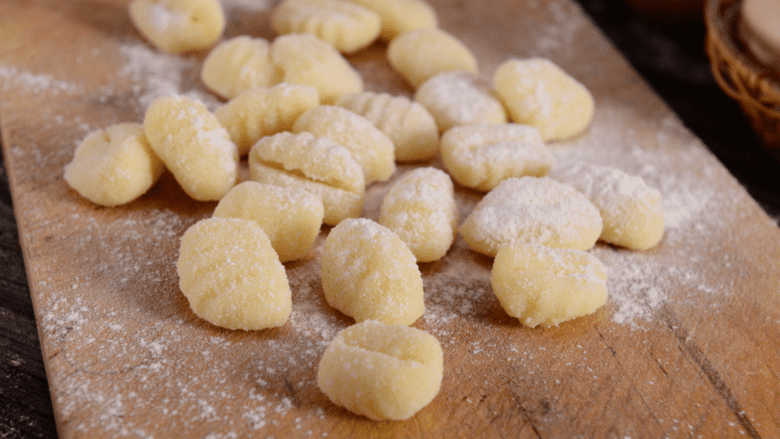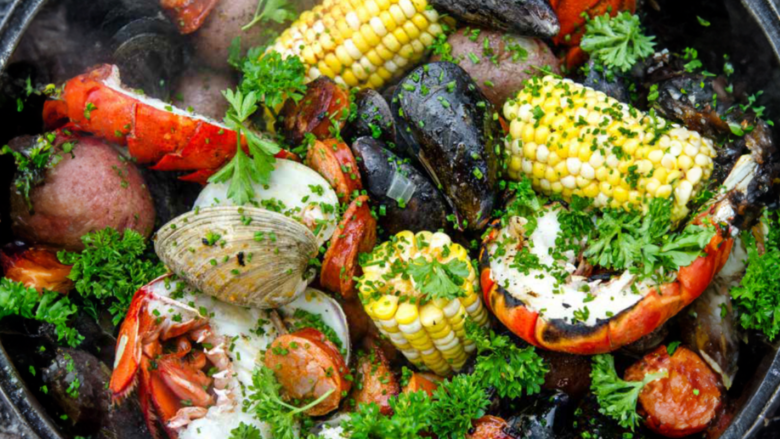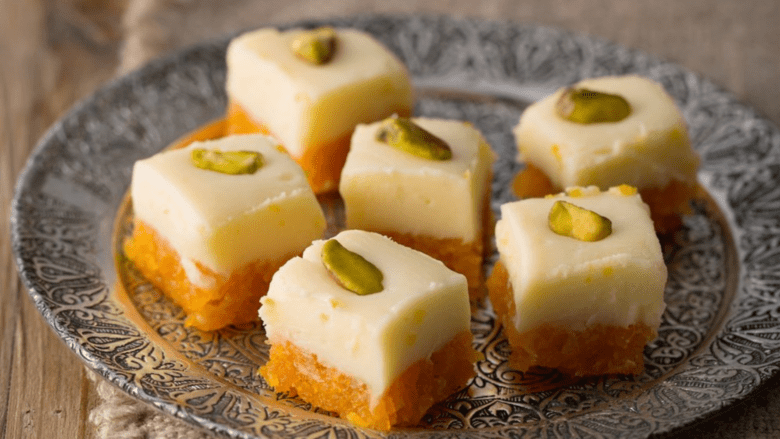A properly made dry gin martini ranks up there with sunsets and rainbows as one of nature’s perfect little miracles. It’s the ideal aperitif—bracing and bittersweet, refreshing and complex—and if you try it once with oysters, you’ll never go back to champagne. The only question is: what exactly is a properly made dry gin martini?
Google “martini recipe” and you and your guests are likely to die of thirst before you find a consensus on how to properly shake (or stir?) the cocktail you’re looking for. The drink dates back over a century, its origins are murky, and there’s not enough time to unpack them here (if you’re curious about cocktail history, check out one of The Hawthorne’s Tasting Hour seminars or hit up The Boston Shaker in Somerville for an entire library of drinks know-how.)
While there’s no One True Recipe for any cocktail, the nature of the drink has been changed by time, myth, and advertising and a number of ersatz substitutes have been created. One thing is clear, though: the original martini called for some combination of gin, vermouth, and bitters stirred together over ice and strained into a stemmed glass.
Who cares, you ask? Like a Reese’s, there’s no wrong way to enjoy a martini, and if a big icy cuppa vodka truly makes your day then nobody’s going to stop you. But people tend to be creatures of habit—especially at the bar—and why miss a chance to discover your new favorite drink? Whether you’re making martinis at home or ordering one out on the town, you’ve got a handful of very important decisions ahead of you before you get to sipping. Below is a road-map to your perfect martini, and we’re here to be your (designated) driver.
Vodka or Gin?
The first decision every martini drinker must make is their base spirit: vodka or gin? As mentioned, the original called for gin (London Dry, to be precise), but vodka’s rise in popularity during the middle of last century made it a more flavor-neutral alternative. Vodka is a perfectly serviceable spirit, but gin provides the original martini with its botanical backbone and balances better with the complexity of vermouth (which is one reason many vodka drinkers avoid the stuff).
We get it, some people just don’t like gin. But if you’re on the fence, or willing to try something a little more flavorful, there are some great gin bars popping up around the city devoted to the herbaceous spirit (see the “places to get a good one” section below). Want to dip your toes into the gin pool but not ready to dunk your head? Try a Vesper, James Bond’s favorite blend of two parts vodka, one gin, and half a part Lillet. The vodka gentles the gin, but there’s still a hint of juniper to spice things up.
Wet or Dry?
The difference between “dry,” “extra dry,” and “bone dry,” is somewhat subjective, but they all have to do with the proportion of vermouth in a drink—the drier the drink, the less vermouth inside. Vermouth is a fortified wine flavored with botanicals traditionally made in two main varieties: sweet (red, often found in Manhattans) and dry (white, for Martinis). A lot of people think vermouth has no place in their martini, but recent years have seen a rise in its quality and availability, and it’s certainly worth a second visit (SRV serves a Vermouth of the Day on the rocks or with soda, a great way to start any meal).
The modern martini has become a convenient method of ordering a large glass of cold straight spirits—a giant bucket of drunk. But in its original version, the drink was a delicate and relatively low ABV aperitif. People stand in awe of the Don Draper days of “three martini lunches,” but forget or don’t realize that when he ordered one it probably contained half the booze of the modern, top-heavy tipple.
Shaken or Stirred?
The difference between a shaken cocktail and a stirred one comes down to two factors: temperature and dilution. Rattling a cocktail back and forth forces more contact with the ice inside the shaker, violently splintering it apart and resulting in a much colder, but also less concentrated beverage. Making a drink chillier can make it more refreshing, but coldness also dulls flavor (it’s why ice can make bad wine palatable).
Shaking also aerates the drink, turning the silky mouthfeel of gin or vodka into something thinner and more like water. Again, it all comes down to preference, but a classically-made martini should be stirred until very cold and poured in slightly viscous ribbons into the cocktail glass.
Olive or Twist?
When left unspecified, your bartender will probably give you a choice between two organic objects to leave floating in your drink: olives or a lemon twist. An olive adds savory brine and salinity, while the oil from an expressed lemon peel adds a zesty brightness to the drink. Sometimes the best choice is no choice at all—try both together for the best of both worlds.
Add a cocktail onion to your martini and you’ve got yourself a Gibson. Tip a little olive brine into your glass and you’ve made it dirty. For a twist on the twist, ask your bartender if they’ve got a grapefruit lying around. Pro tip: a 50/50 (half gin, half dry vermouth) martini with a couple of dashes of orange bitters and a little grapefruit oil expressed across the surface will put a spring in your step no matter what season it is.
Places to get a good one:
- The OAK Long Bar + Kitchen at the Fairmont Copley Plaza serves their extra large martinis with an adorable little ice bucket on the side so you can keep things extra cold while you imbibe.
- SRV in the South End has a rotating list of interesting vermouths from all over that they serve on the rocks, with soda, or in a martini of your choosing.
- Our Fathers in Lower Allston is a gin bar with nearly 100 gins to choose from and a martini menu to help you enjoy them all (gin club, anybody?).
- Cultivar inside the Ames Hotel downtown is another gin bar, pairing the spirit’s rich botanicals with the herbs and vegetables grown in the restaurant’s on-site hydroponic gardens.
- Townsman has recently revived their “Dry Martini Service” cocktail, a DIY hit from their opening list which pairs London Dry gin with Dolin Dry vermouth and a few dashes of house-blended orange bitters, served with your choice of onion, olive, or twist over crushed ice so you can choose your own adventure.




